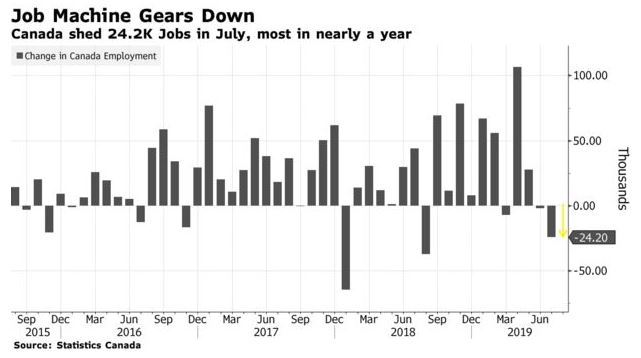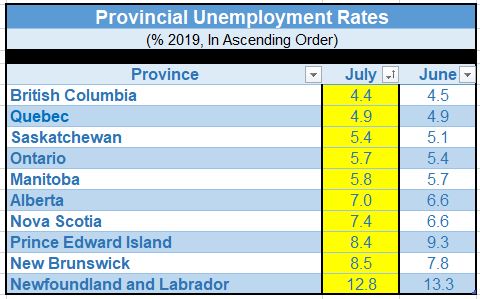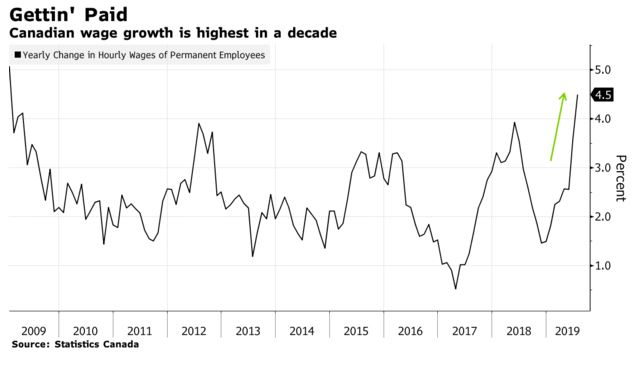First-Time Home Buyer Incentive Now Available
Five months ago the Liberal government unveiled the First-Time Home Buyer Incentive, a new initiative aimed at easing affordability for first-time homebuyers.
The FTHBI officially came into effect Monday and will start providing interest-free shared-equity loans to interested buyers in the form of down payment assistance.
To recap how the program works, participants must put down at least 5% of the home’s value with their own money, while the government (through the Canada Mortgage and Housing Corporation) would contribute an additional 5% of the down payment if the purchase is of an existing home, or 10% if it’s a new build.
The buyers don’t need to make any monthly payments, though the loan must be repaid after 25 years or when the home is sold.
The CMHC also sharesproportionately in any future gains or losses in home value.
Of course, there are certain restrictions:
- The mortgage must be default insured
- It’s only available to first-time buyers with a household income under $120,000
- Participants must have a minimum 5% down payment
- The mortgage amount plus incentive cannot be more than four times the participants’ annual household incomes (approx. $565,000)
Critics have pointed out that, based on the above math, buyers would qualify for less home than they could otherwise purchase by not participating in the program.
“By limiting borrowers to a purchase price of four times their income, the FTHBI program caps a first-time buyer’s maximum purchase price at about 10% less than they could otherwise afford,” mortgage expert Dave Larock wrote previously on his blog. “It seems strange to me that a program that was designed to help borrowers with affordability explicitly reduces it.”
Others have noted the program is likely to be of less value for buyers in the Greater Vancouver and Toronto regions, where finding a home for under $500,000 is a challenge, if not impossible.
 “We think it’s definitely going to have very regional application,” Paul Taylor, President and CEO of Mortgage Professionals Canada, said previously. “In the two most expensive cities, where we would suggest first-time homebuyers need the most support, this solution is not really going to do that.”
“We think it’s definitely going to have very regional application,” Paul Taylor, President and CEO of Mortgage Professionals Canada, said previously. “In the two most expensive cities, where we would suggest first-time homebuyers need the most support, this solution is not really going to do that.”
CMHC President and CEO Evan Siddall has responded to criticism over the effectiveness of the program in these markets by saying: “No program is going to work as well in higher-priced markets. Using 2018 data, 2,300 homebuyers would have qualified in Toronto and 1,100 in Vancouver. Around 25% of home sales in Toronto in 2018 were for homes under $500K and 17% in Vancouver.”
The CMHC expects 100,000 homebuyers to participate in the program over the next three years.
Industry experts say it will be interesting to see the actual participation rate, given that a similar program launched by the B.C. government in 2016—the Home Owner Mortgage and Equity Partnership—was cancelled due to a low participation rate.
It was expected that 42,000 B.C. homebuyers would participate over three years, though the program received just 3,000 applications.
To learn more and apply for the First-Time Home Buyer Incentive, visit: www.placetocallhome.ca/fthbi/first-time-homebuyer-incentive




 The youngest demographic of buyers is most affected by the new mortgage rules due to being at the early stages of their careers and, typically, receiving lower salaries compared to the other cohorts, making it harder to pass the stress tests.
The youngest demographic of buyers is most affected by the new mortgage rules due to being at the early stages of their careers and, typically, receiving lower salaries compared to the other cohorts, making it harder to pass the stress tests. While mortgage debt is trending downward, overall debt held by Canadians rose 4.3% year-over-year to $1.88 trillion.
While mortgage debt is trending downward, overall debt held by Canadians rose 4.3% year-over-year to $1.88 trillion.





